Hebe.
Around 1798.
Miniature on ivory.
H: 10.5; L: 9 cm (4 ¹/? x 3 ¹/? inches).
Exposition :
- Salon des Artistes Vivants, Paris, 1798, n° 215 : « Une Hébé en miniature. ».
Miniaturist painter, Marie-Cunégonde Huin grew up in an environment conducive to the development of her artistic talents. His father, Charles-Alexis Huin, was an Alsatian painter, and his mother was close to Jacques-Louis David. She maintained a regular correspondence with the latter which was rediscovered in the 1900s[1]. Thus, thanks to her parents' connections, the young Huin integrated into the artistic circles of the capital, frequenting David's studio and exhibiting at the Salon from 1796 to 1801.
Despite her training with the great neoclassical master Marie-Cunégonde Huin, however, seems aware of the difficulties specific to women artists in history painting. She chose to specialize in miniature painting, an art deemed feminine and appropriate according to good morals.
His Hébé presented at the Salon of 1798, however, reveals his aspiration for an art of noble dimensions. Indeed, the mythological subject remains original and unusual for a miniature painting; this medium being traditionally reserved for portraits. Far from being fortuitous, this choice actually allows the young woman to demonstrate her academic training like history painters and to demonstrate her connection with the art of her master.
Thus, the sensitive line, the expression of the figure, the precision in the work as well as the treatment of the ivory in reserve to imitate the immaculate flesh of the goddess are all points testifying to the high quality of the teaching of David.
[1] Roger Peyre, « Quelques lettres inédites de Louis David et de Madame David », La Chronique des arts et de la curiosité, n.11-12,? 17 et 24 mars 1900, pp. 97-98.






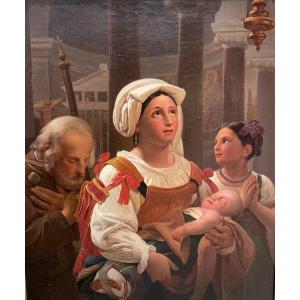
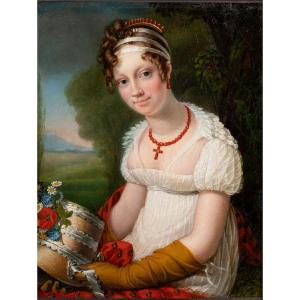
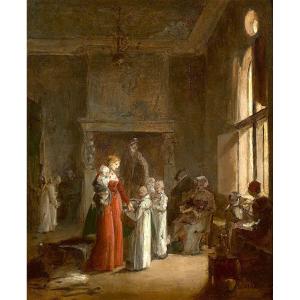








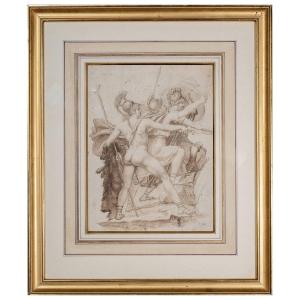

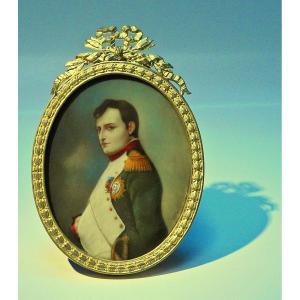

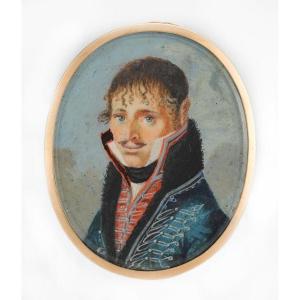
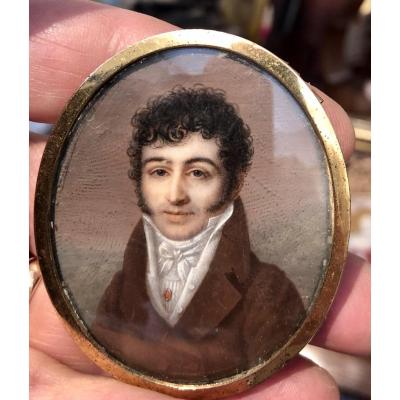




 Le Magazine de PROANTIC
Le Magazine de PROANTIC TRÉSORS Magazine
TRÉSORS Magazine Rivista Artiquariato
Rivista Artiquariato